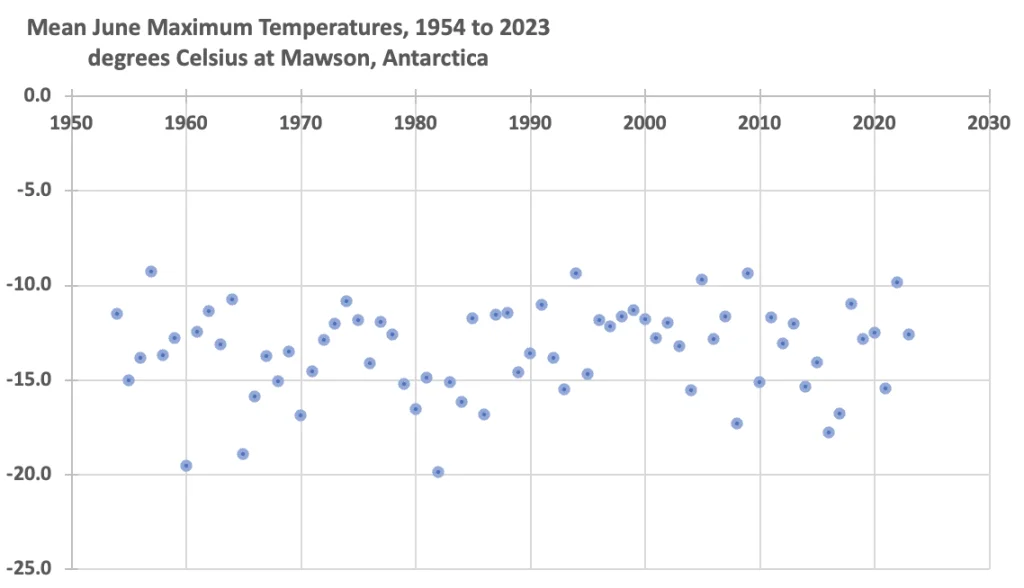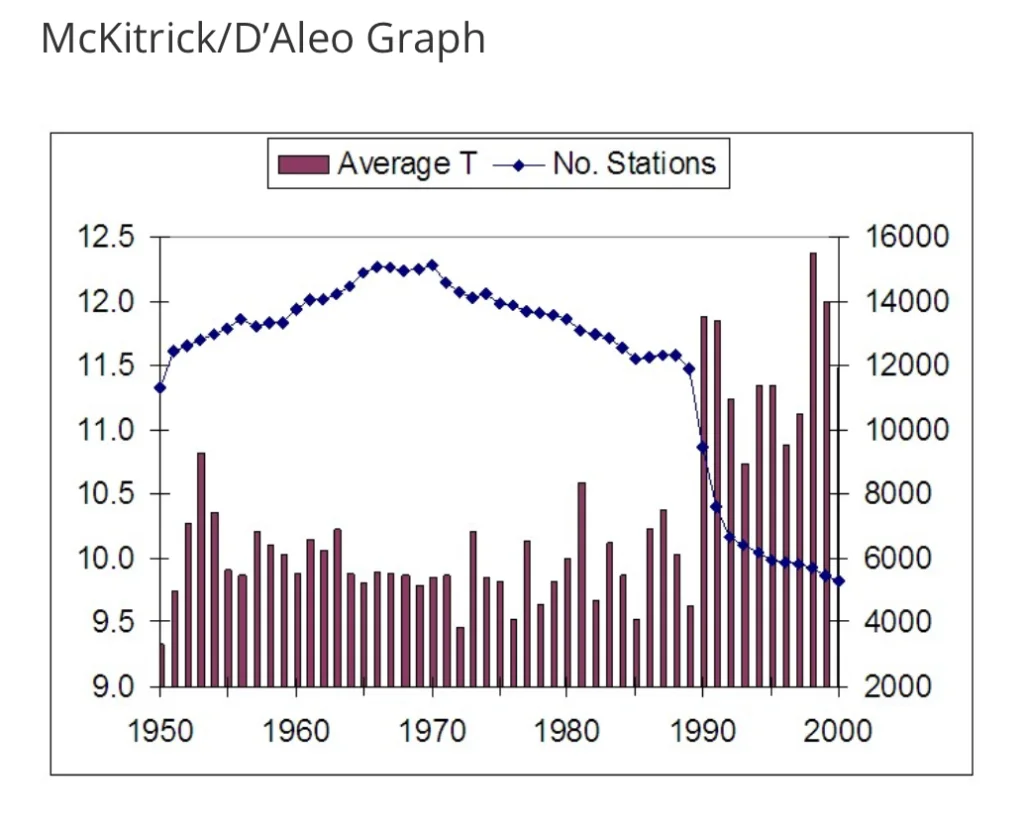Jennifer Marohasy – Hot as Ice in the Antarctic, Global Temperatures this June to July






Hot as Ice in the Antarctic, Global Temperatures this June to July
A fellow phoned me yesterday, he had just returned home from a holiday in Greece. He has holidayed there off and on for the last 20 years. It had never been so cold, he told me.
There were one or two days when it was hot, he said. But swimming in the Aegean, it was colder than he ever remembered it.
Then he returned to Australia and was incredulous to see on the television reports of tourists fleeing Greece as it reportedly burnt up and boiled over. The news reports, he lamented to me, bore no relationship to what he had just experienced, on holidays in Greece.
I grew up in the remote Northern Territory of Australia where it never snows. I grew up in the tropics under A dark sky jewelled with stars that twinkled so brightly. During the day, down the hill from our home was A billabong. I remembered as A child jumping from the high bank as far into the middle as I could and staying there as long as I could. Seeing the moon pass over head against the very blue sky beyond the veil of bamboo that hung across, shading me from the hot Sun. I can still, all these years later, hear that bamboo creak.
There was no air conditioning or even fans. The average maximum temperature through October, the hottest month of the year with the build up to the monsoon, was 37 degrees Celsius that is nearly 100 degree Fahrenheit.
I can’t remember anyone ever complaining about it being hot. It just was.
Meanwhile there has been A lot of complaining about how hot it was in the United Kingdom through June this year. The Met Office has confirmed June 2023 as the hottest on record with an average mean temperature of 15.8 C, which for someone from the Northern Territory would be rather cold. On at least one day it apparently reached A maximum of 32 C in the UK, which is somewhat cooler than the October mean maximum where I grew up.
And there have also been so many stories of late about all the ice beginning to melt in Antarctica. I am not sure how to reliably check temperatures in Greece or for the entire UK, but the Australian Bureau of Meteorology has measured surface air temperatures at the Mawson Weather Station in Antarctica since early 1954.
Temperatures down there oscillate within a relatively narrow band, showing no statistically significant long-term warming trend. This is the case whether considering the actual historical measurements, or the temperatures subsequently adjusted by the Bureau before incorporation into other databases. It is also the case if we just consider the June maximum temperature since records began until last month, at Mawson.

The other Weather Stations in the Australian Antarctic Territory with long records are at Davis and Casey. The temperature series from these locations also move up and down, and in synchrony with the temperatures recorded at Mawson. They show no warming or cooling trends, whether considering the actual measurements or the homogenised and adjusted remodelled official series.
In order to properly assess the equivalence of measurements from the electronic probes versus mercury and alcohol thermometers for Mawson, ideally there would need to be some assessment of values measured at the same time in the same shelter, known as the parallel data. This data is not publicly available.
The available data is all very boring, showing that it continues to be very cold, in Antarctica.
Yet so much has been written this last month in the tabloids, and repeated by the fashionable, about it being very hot through June, even in Antarctica. Surely, they know about the temperatures at Mawson.

To repeat, Mawson is one of the longest continuous surface temperature records for this part of the world. The Russians did not establish the more famous and more isolated Vostok weather station until 1957. The satellite temperature record doesn’t begin until 1979.
There are longer proxy temperature series, based on ice core records, and they show an overall cooling trend, considering the last 1,900 years. Here, again, I am referring to data from published studies, for example, the temperatures of East and West Antarctica were reconstructed by A team lead by Barbara Stenni including scientist from the Australian Antarctic Division, British Antarctic Survey and Russian Antarctic Research Institute. It is only remodelled proxy series that show warming over this same period.
Last month Antarctica was reported as ‘Hot’ in some popular publications including Vox.com. Yet the average maximum temperature was Minus 12.6 degrees Celsius, which is not quite as cold as the long term June average for all years since 1954 that is Minus 13.5 C. When the June maximum temperatures for Mawson are ranked highest to lowest, June 2023 comes in as the 29th hottest, and 42nd coldest.
Some of these claims about it being so hot everywhere have their origin with University of Maine’s Climate Reanalyzer, A tool that uses satellite data and computer simulations. So, they represent A remodelled average.
Indeed, there is not A single place where anyone, can measure the average temperature of the Earth, or Antarctica, or even Greece. Rather, when it is announced that it is the hottest it has ever been, reference is being made to A statistic.
This average temperature is necessarily A number that has been derived from other numbers. There will perhaps have been some measuring done here and there, and then some adjusting, and then some adding up and some adjusting again. This is how it is with the calculation of regional and global average temperatures, whether from satellites, tree rings, ice cores or thermometers. To be sure, every year we are told it is getting hotter, and back in the late 1980’s this was achieved for the globally averaged thermometer record by dropping out some of the colder weather stations. This had the effect of increasing the overall average global temperature, at A time when temperatures at many individual sites were dipping somewhat.
Those who have followed the politics of measuring temperatures may also remember the infamous line in the Climategate emails, whereby the globally averaged temperature record based on tree rings, which also showed decline after 1980, is ‘Corrected’ by substituting the globally average temperature from thermometer records, never mind that the dip in this record was ‘corrected’ by removing data from many high latitude Canadian and Russian Weather Stations.

Drawing from this sordid history of calculating global and regional temperatures, I can think of A large number of ways that the University of Maine’s Climate Reanalyzer could possibly generate A higher than average temperature for Antarctica and especially the Earth. Indeed, the larger the geographic area covered, the more opportunity for creative accounting, for which corporates using similar techniques would go to jail, while climate scientists are more usually promoted.
The solution is to perhaps give up on believing the nonsense news headlines, especially when there is no reference to A specific Weather Station, like Mawson.
A solution is to perhaps do away with the random selection of Weather Stations and to focus instead on A simple index based on a good sample of well sited Weather Stations with long histories, like Mawson.
Such A concept could be based on the Dow Jones Averages or the S&P 500. No one ever tries establishing an impossible to define ‘Average Stock Price’, including many stocks of doubtful provenance, and nobody cares.
Rather the solution is to perhaps have A pre selected index of certain representative Weather Stations, that are then followed over A long time span and with temperatures reliably measured, which will require some modification to current methods and of course, no subsequent adjusting.
The only problem is, the tabloids and the fashionable, might then have nothing to talk about. At least not when it comes to weather as A measure of climate, for which the lack of reliable measures, and the great number of potentially creative solutions, is currently being exploited over and over to justify rather large expenditures on all manner of things.
Regarding Wind Mills (…) Wakey, Wakey
Reacties
https://vimeo.com/848512133
A shorter version of this article was published in The Spectator magazine and online at ui here https://www.spectator.com.au/2023/07/warming-in-antarctica/
The IPA has made available for download the chapter by Jaco Vlok all about Mawson that I edited in the great book Climate Change the Facts 2020. That chapter can be downloaded Here
https://climatechangethefacts.org.au/2023/07/17/no-evidence-of-warming-at-mawson-antarctica/
The feature image shows the inside of the Stevenson Screen at Davis, Antarctica, following A 165 kilometer an hour blizzard just last year as photographed by Hana Glencross [see the photo above from before the blizzard, RSMuseum]
https://www.antarctica.gov.au/news/stations/davis/2022/this-week-at-davis-12-august-2022/#group-1







Plaats een reactie